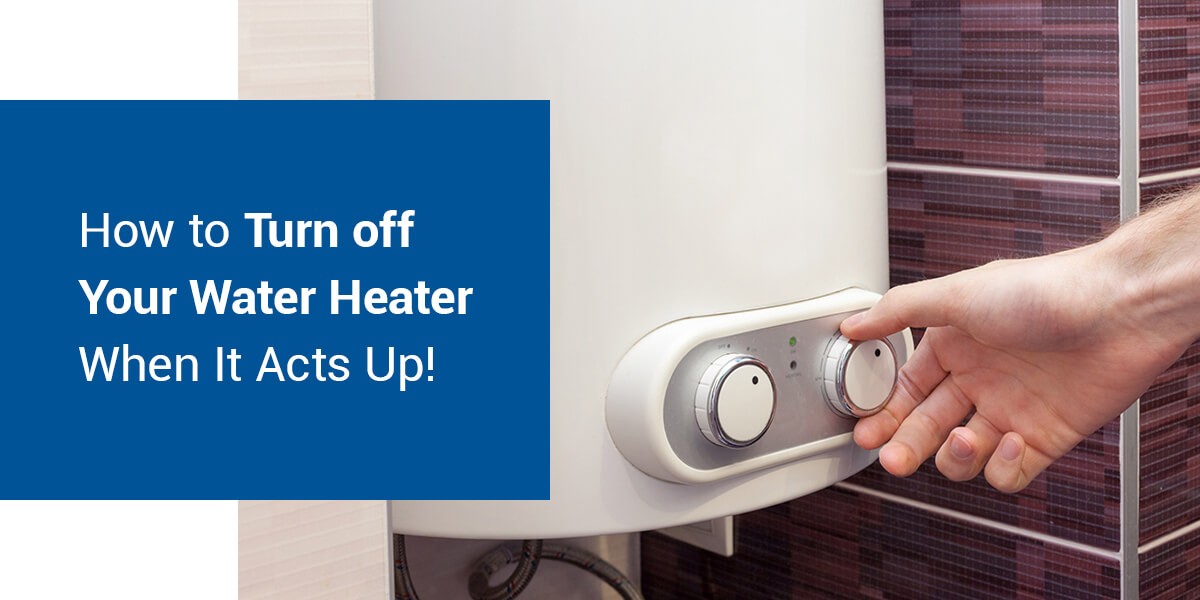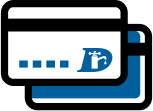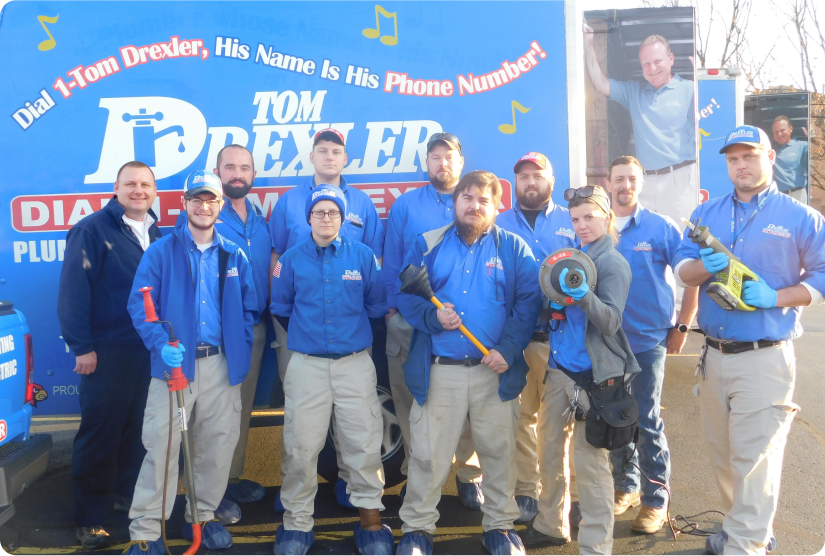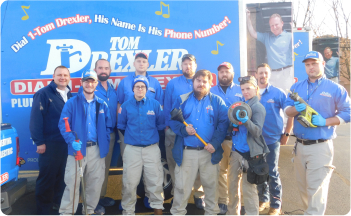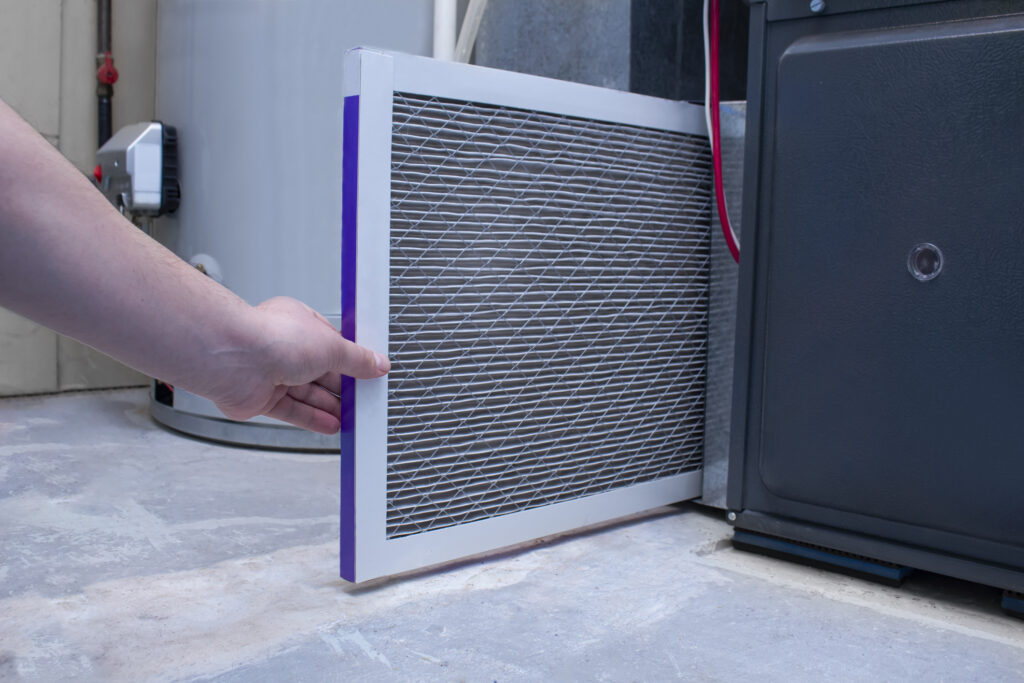
While highly reliable, furnaces can overheat. This occurs when the system’s internal temperature rises to an unsafe level. This does more than just cause major damage to the system; it also creates a dangerous fire hazard. That’s why it’s critical to address these issues promptly and not ignore them.
In this article, the HVAC experts at Tom Drexler discuss what causes furnaces to overheat, along with signs of issues and tips on how to prevent these problems.
Causes of Furnace Overheating
Most furnace overheating is caused by restricted airflow or an issue that prevents the system from properly cycling on and off. This includes:
- Dirty air filters: Clogged filters reduce airflow to your system, causing it to run longer and harder. This added stress can cause internal components to heat up.
- Mechanical failures: Issues like blower motor or fan failure can prevent air from properly circulating and allow heat to build up.
- Blocked or closed vents: Closed or blocked vents will trap heat in the system and cause your furnace to work in unsafe conditions.
- Electrical issues: Electrical problems like faulty wiring or short circuits can cause the system to short-cycle and strain to provide proper heat.
- Faulty limit switch: This switch, which turns off burners if the furnace gets too hot, can fail and allow your system to heat past safe levels.
Signs a Furnace May be Overheating
Because an overheating furnace is a safety hazard, it’s important to get professional furnace repair promptly. Call a local HVAC contractor if you’re experiencing:
- Burning smell
- Frequent cycling off
- Loud noises
- Tripped breakers
Risks of Ignoring an Overheating Furnace
Ignoring furnace problems can lead to a variety of issues, including:
- System damage: Issues like cracked heat exchangers are unsafe and can lead to a furnace replacement.
- Fire hazards: Excessive heat can ignite dust, debris, and other flammable materials.
- Costly repairs: Overheating causes damage to motors, wiring, and more, which can be costly to repair.
- Shortened lifespan: Allowing your system to overheat frequently can reduce your furnace’s life expectancy.
How to Prevent Furnace Overheating
A furnace that overheats can be an expensive safety issue. To prevent this problem in the first place, we recommend:
- Scheduling routine heating maintenance: Scheduling annual furnace maintenance allows a technician to find and fix issues that can lead to overheating before it actually happens.
- Routinely replacing air filters: Since airflow is critical for proper furnace performance, homeowners should replace air filters every one to three months to keep them free of debris and clogs.
- Keeping vents clear: Furniture or decor can unintentionally block vents. Frequently check that all vents are uncovered and open to ensure proper ventilation.
Request Emergency Heating Repair From Tom Drexler
Overheating furnaces need professional attention immediately. That’s why Tom Drexler offers emergency HVAC repairs for our customers. Trust our licensed and insured technicians to arrive promptly and provide the repairs necessary to restore your system and your safety. With service for all brands and a 100% satisfaction guarantee, you’ll have peace of mind that you’re in capable hands.
Book emergency heating repair with Tom Drexler if you suspect your furnace is overheating.




